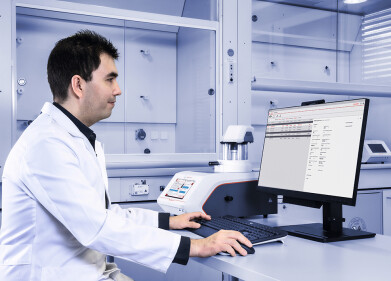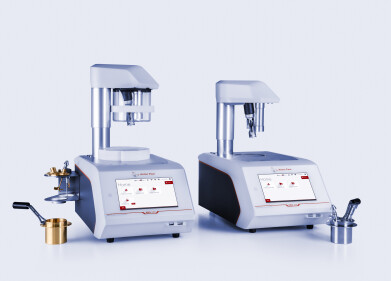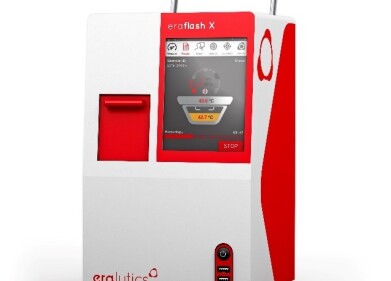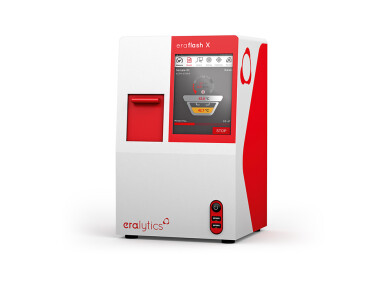Flash point
What is Boiling Point Distribution?
May 28 2021
A variety of factors contribute to the assessment and valuation of stabilised crude oils, with boiling point distribution considered one of the most important. Fundamental to the processing, scheduling and marketing of petroleum products, boiling point distribution describes the range at which complex crude oil mixtures will boil.
Unlike other materials such as H20 and turpentine which have a single boiling point, composite liquids such as crude oil boil over a larger temperature range. This is because they’re made up of thousands of different compounds. Boiling point distribution covers the initial boiling point (IBP) which marks the temperature at which the first distillation drop appears, right through to the final boiling point (FBP), also known as the endpoint (EP). Boiling point distribution for crude oil is generally large, with temperatures often exceeding 500°C.
Determining boiling point distribution
Currently offering more than 13,000 standards across a myriad of industries and sectors, ASTM International has a global presence. A combination of ASTM methods D7900 and D7169 is currently considered one of the most reliable ways to determine boiling point distribution of complex petroleum products and crude oils.
The combination of the two methods resolves the issue of incomplete C4-C9 separation caused by a thin film column that appears during the D7169 process. Adding results collected using the ASTM D7900 method improves analysis of the light end fraction and results in a more accurate estimation of boiling point distribution range.
Why boiling point distribution matters
Determining the boiling point distribution range of crude oils is an important stage of the refining process. Insight into the boiling range can be used to estimate the potential yield of a feedstock and its overall profitability. Boiling point distribution is also used to determine the suitability of a feedstock and whether it’s a good fit for the refinery’s infrastructure. Not only does boiling point distribution analysis help to boost efficiency, but it also minimises the risk of damage and extends the lifespan of expensive equipment and machinery.
“The determination of the boiling point distribution of crude oils and vacuum residues, as well as other petroleum fractions, yields important information for refinery operation. These boiling point distributions provide information as to the potential mass percent yield of products,” reads the ASTM website. “This test method may provide useful information that can aid in establishing operational conditions in the refinery. Knowledge of the amount of residue produced is important in determining the economics of the refining process.”
Esther Van Bloois, a representative from leading gas chromatography instrumentation and solutions provider Scion Instruments, explores the methods used to determine boiling point distribution in ‘Combining Simulated Distillation (ASTM D7169) and Detailed Hydrocarbon Analysis (ASTM D7900) for the Full Boiling Point Distribution of Crude Oils’.
Digital Edition
PIN 26.1 Feb/Mar 2025
March 2025
Analytical Instrumentation - Elemental Analysis for Quality and Process Control at Refineries, for Lubricants and Wear Metals in Engine Oils - Synthetic Lubricants: New Developments - Scaling...
View all digital editions
Events
Apr 02 2025 Saigon, Vietnam
Apr 02 2025 Atyrau, Kazakhstan
Apr 08 2025 Birmingham, UK
Apr 08 2025 Kielce, Poland
Apr 08 2025 Ravenna, Italy



















